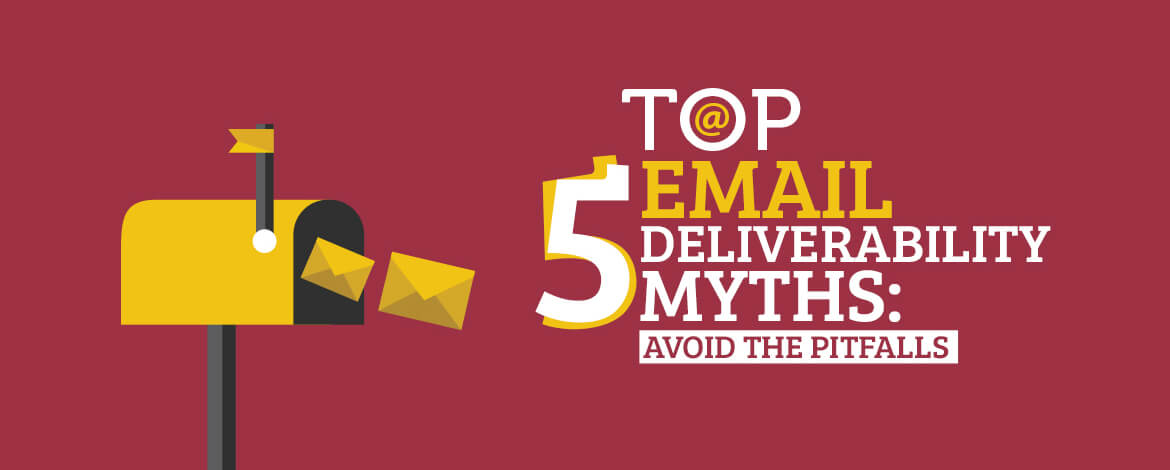Small and large business entities predict the ROIs of the marketing channels before they decide to use them. Email marketing is one such channel which is way more effective than many other mediums. While a study by Mailigen states that 89% of marketers use email as their primary channel for lead generation, how many email marketers actually dig deep into email deliverability issues?
Well, one of the many reasons that attributes to the problem are the myths and perceptions about email deliverability that is making it difficult for email marketers to follow the best practices.
So, Uplers with their spiritual knowledge would like to enlighten email deliverability myths to overcome the challenges.
Email Deliverability Myths
1. High Sender Score is All That Matters!
Does high sender score mean that most of your emails will land in the inbox? Partially yes, but there are other filters that your email has to go through in order to land in the inbox. A good Sender score can be related to a good credit score, you stand a good chance to receive a loan, but you’ll have to follow the said rules. As the inbox deliverability of your emails are not limited to sender score, make sure you deliver content that adds value and engages with the audience.
2. Remove Inactives to Overcome Spam Traps
Cleaning your email list frequently is a worthy exercise, but that is not enough for you to ditch the spam traps. Spam trap email address is not always inactive; in fact, spam trap network might or might not open your emails. So, if you think that sending random emails to your clean email list will get you away from spam traps, think again! Be sure to keep your emails informative and interesting for email subscribers. Thus, maintain a good list hygiene, and focus on removing email addresses with least engagement level.
3. Low Complaint Rates Ensure Successful Email Deliverability
Did I hear you say, “My emails have really low complaint rates, which means I have high email deliverability rate”. Sorry mate, it’s a myth! If your emails land in spam folder, the email subscriber can’t complain about your emails as it is already in spam. Also, some email clients consider complaints only from the users who are active or have a regular engagement with emails. Well, this indicates that the low complaint rate is not the only factor that ensures successful email deliverability.
4. Adding new IPs will improve email deliverability
While it is true that once your IP reputation starts declining, your email deliverability will get hammered. But, will adding a new IP sort the issue of email deliverability? The answer is NO! Well, there are multiple reasons for it. A new IP is as less effective as your old IP with a poor reputation. You will have to work on your new IP and send good emails to create a good reputation of your new IP. Also, if your emails are blacklisted due to any reason, the blacklists monitor also blacklists the IPs and domain names. So, even if you change IPs, your emails will still be blacklisted.
5. Using words like “Free” will make your emails land in Spam
As mentioned earlier, email deliverability depends on various filters that an email has to pass through. So, if you are using promotional words like “free” or planning to add symbols in the subject line or pre-header text, don’t worry about it! Maintaining a good sender score, and if you are able to uphold that, the words like “free” will not be considered as phishing activity.
Takeaways
- A good sender score is essential, but not the only factor affecting email deliverability.
- Engaging content will improve email deliverability.
- Maintaining the list hygiene is not the only solution to ditch the spam-traps.
- Replacing old IPs with new IP is not a great idea.
- Low complaint rate doesn’t always mean successful email deliverability.


Kevin George
Latest posts by Kevin George (see all)
Best Buy’s Email Journey: What Marketers can Learn from It!
Email Design Tips from World's 10 Smartest Companies